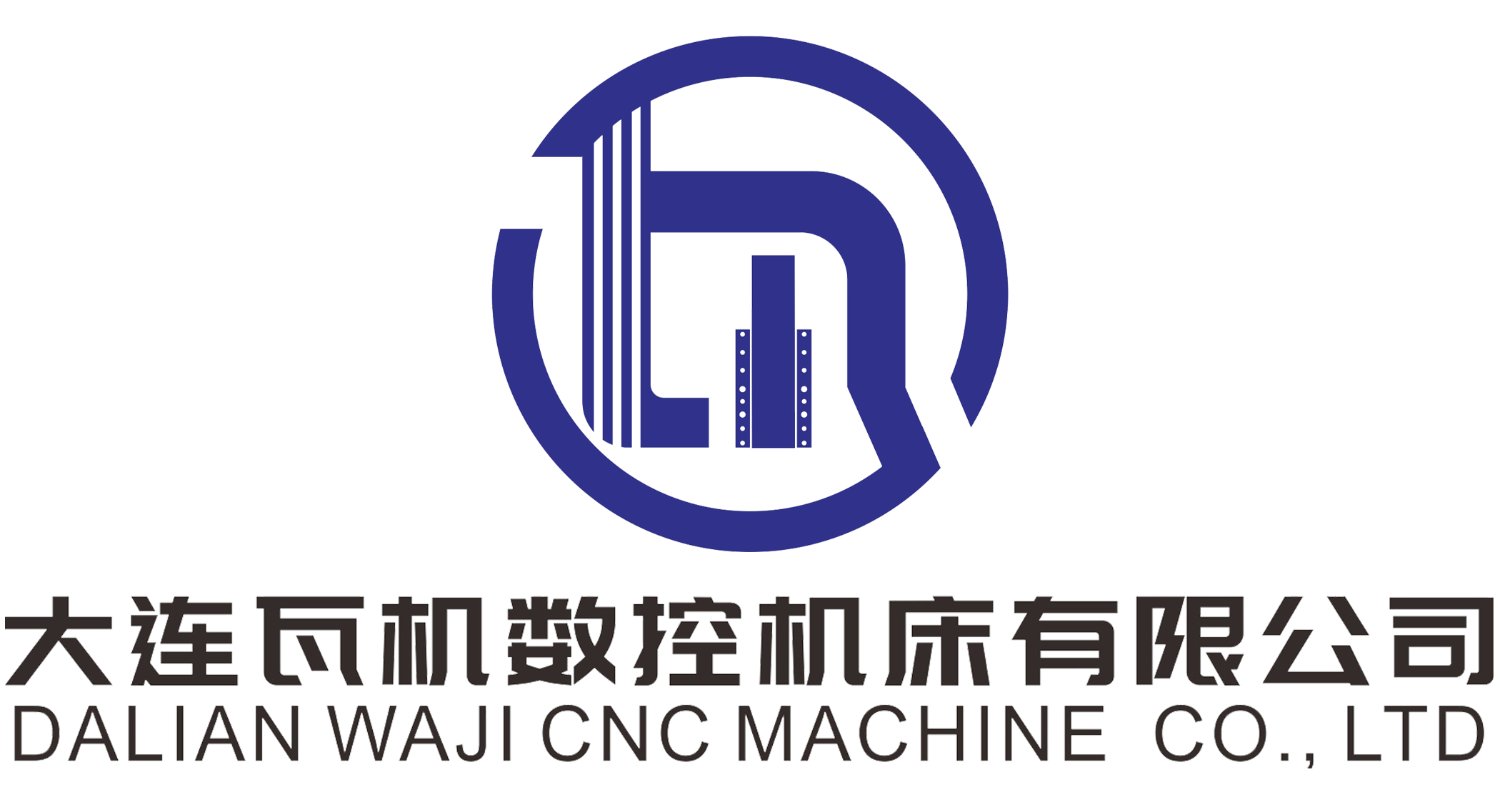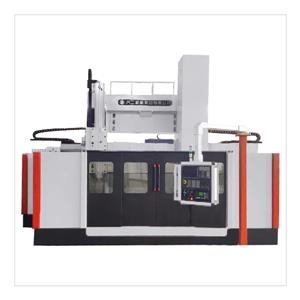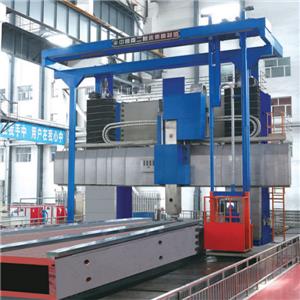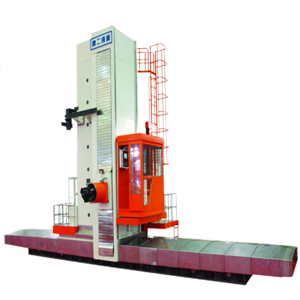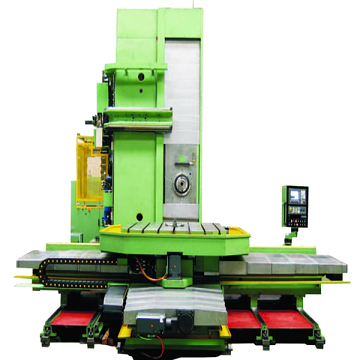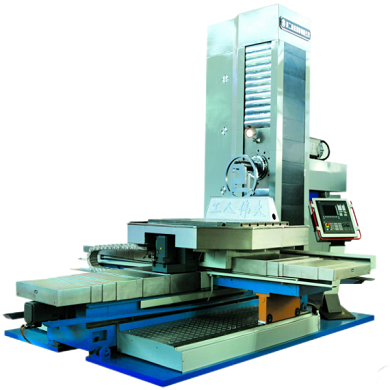The main causes and effects of machine tool vibration
Main causes of machine tool vibration
There are many reasons for vibration during machine tool processing, and the impact of machine tool vibration can lead to scrapping of machining parts, shortening of the service life of machining tools, and lengthening of production cycles. In addition, severe vibration conditions can also lead to the scrapping of machine tools and equipment. The following will describe the main causes of machine tool vibration.
Unbalance: When an unbalanced weight rotates around the machine tool shaft, the "center of gravity" in the rotating component can cause vibration, resulting in centrifugal force. Unbalance can be caused by manufacturing defects (machining errors, casting defects) or maintenance problems (deformed fan blades, lack of balance weights). As the speed of the machine increases, the impact of imbalance becomes greater. Unbalance can seriously reduce bearing life and cause excessive vibration of machine equipment.
Machine tool spindle misalignment: When the machine tool spindle deviates from a straight line, it may cause vibration. For example, when the shafts of the motor and pump are not parallel, angular misalignment can occur. When the axes are parallel but not fully aligned, this condition is referred to as parallel misalignment. Due to thermal expansion, component displacement, or improper reassembly after maintenance, misalignment may occur during the assembly process or over time. The resulting vibration may be radial, axial, or both.
When components such as ball or roller bearings, transmission belts, or gears of machine tool equipment are worn, they may cause vibration. For example, when a roller bearing pedestal is dented, the bearing rollers will vibrate each time they pass through the damaged area. Serious defects or worn gear teeth, or damaged transmission belts can also cause vibration.
What are the effects of machine tool vibration
A machine tool consists of various parts that, when vibrated, also begin to vibrate at the same frequency. If the frequency is close to the natural vibration frequency of the part, the vibration amplitude will be very large and the part may fracture. In machine tools, attempts should be made to eliminate or reduce vibration sources. Therefore, it is necessary to first study the impact of vibration on machine tools. The impact of vibration on the machine tool, workpiece, tool life, and cutting conditions can be considered.
Impact of vibration on the workpiece: Due to the presence of vibration, the obtained surface finish will be very poor, so this is very important for finishing operations such as grinding and boring. In such machine tool equipment, vibration must be completely eliminated. Due to vibration, the dimensional accuracy of the work can also be affected.
